Introduction
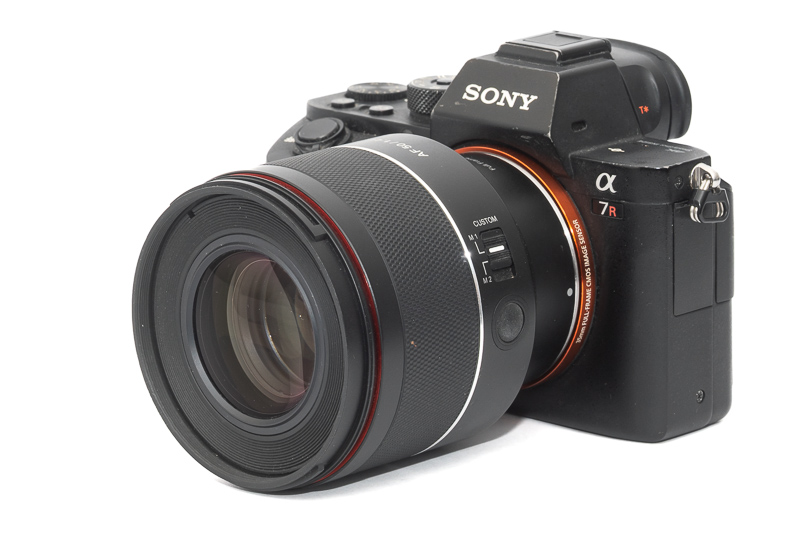
The first generation Samyang AF 50mm 1.4 FE has some fans for its appealing bokeh, but at the same time it showed more of a subpar performance in most other categories. Samyang’s engineers seem to have been aware of that, as this lens had been updated to the Samyang AF 50mm 1.4 FE II a few years later. Let’s see if this has become an appealing yet affordable 50mm 1.4 lens that speaks to a broader audience than its predecessor.
Sample Images

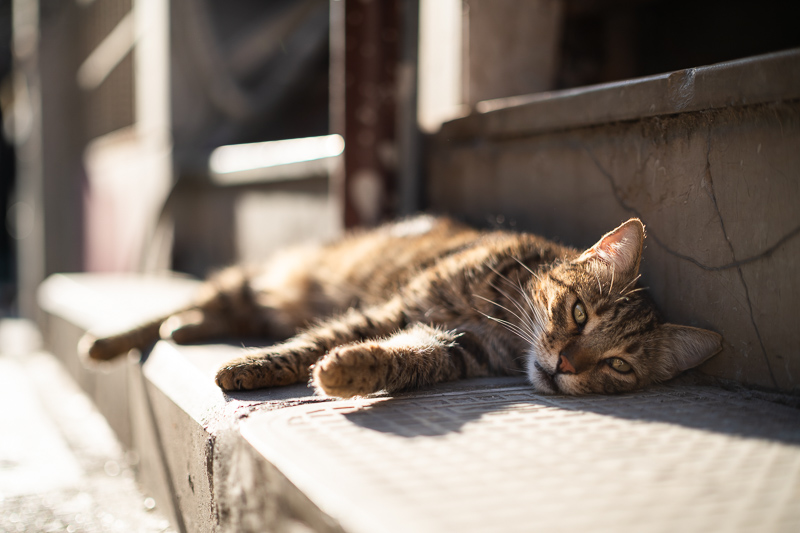



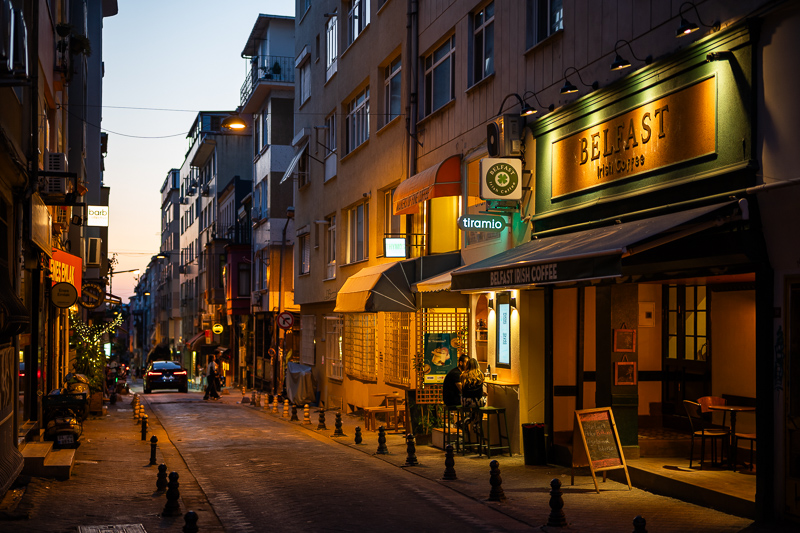


Most of the sample images in this review can be found in full resolution here.
Contents
Disclosure
The Samyang 50mm 1.4 AF II was kindly provided free of charge by Phillip for review purposes, thanks a lot!
Specifications
This is a review of the updated Samyang AF 50mm 1.4 FE II lens which has the following specifications:
- Diameter: 80 mm
- Length: 89 mm
- Weight: 420 g (no hood, no caps)
- Field of view: 45.7° (diagonally)
- Filter Diameter: 72 mm
- Number of Aperture Blades: 9 (rounded)
- Elements/Groups: 11/8
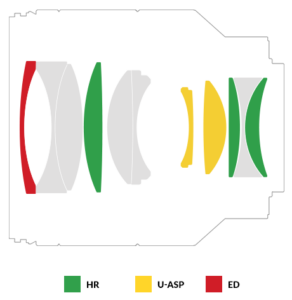
- Close Focusing Distance: 0.4 m
- Maximum Magnification: 1:5.8 (measured)
- Mount: Sony E
buy from amazon.com | amazon.de | B&H | ebay.com (affiliate links) for $549
Handling / Build Quality
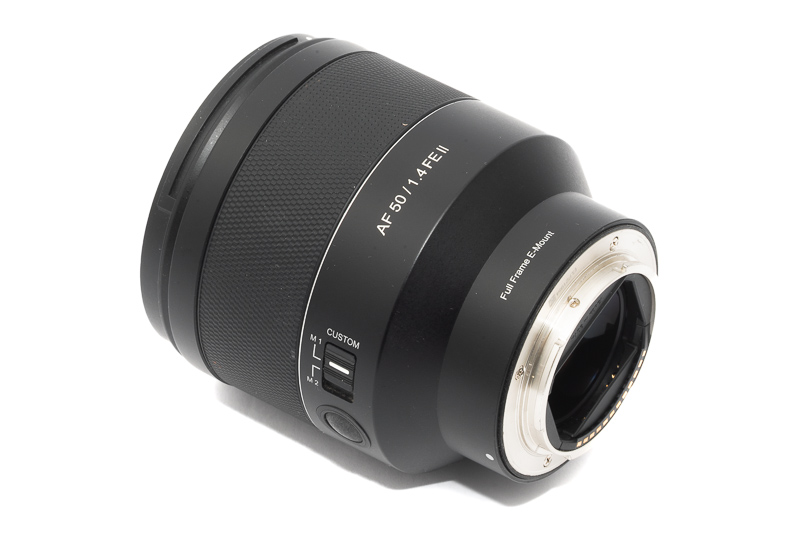
In terms of build quality this 50mm lens looks and feels just like the previously reviewed Samyang AF 135mm 1.8 FE. If you have only used some of the earlier Samyang lenses and you weren’t really happy with their build quality, you may want to give these newer ones a chance as there have been huge improvements.
The focus ring has a linear coupling and it takes about 360° rotation from the minimum focus distance to infinity. I guess that with the Samyang lens station you can change this as described in my review of the Samyang AF 135mm 1.8 FE.
The lens also feature a customizable switch and a lens button. When setting the switch to M2 you can use the focus ring to change the aperture. With the Samyang lens station this switch can be reprogrammed though and turned into an AF/MF switch (which would be my preferred choice).
I did not receive the lens hood with this lens, so there is not a lot I can tell you about it.
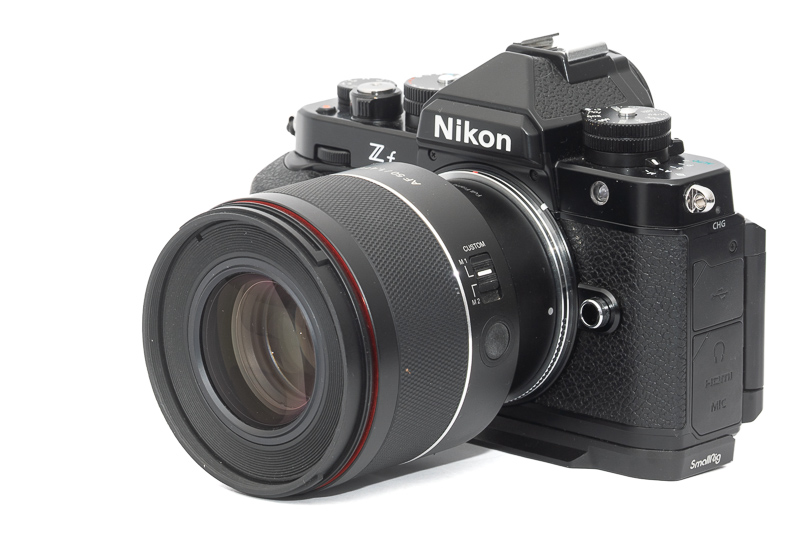
I tried using this lens with the Megadap, Viltrox and Neewer ETZ adapters on my Nikon Zf. It works great with the megadap, the AF is very slow with the Viltrox and even slower with the Neewer. I am starting to see a pattern here.
AF performance
I am not shooting sports or fast moving animals/humans so if you want to know if the lens is fast enough for this or how it compares to other lenses in this segment you may have to look for a different review with a more detailed assessment of this aspect.

I did manage to take some in focus pictures of a seagull from a moving boat and for most everyday subjects the AF is perfectly fine, but it is certainly not on the same level as Sony’s latest GM lenses.
Vignetting
Light falloff
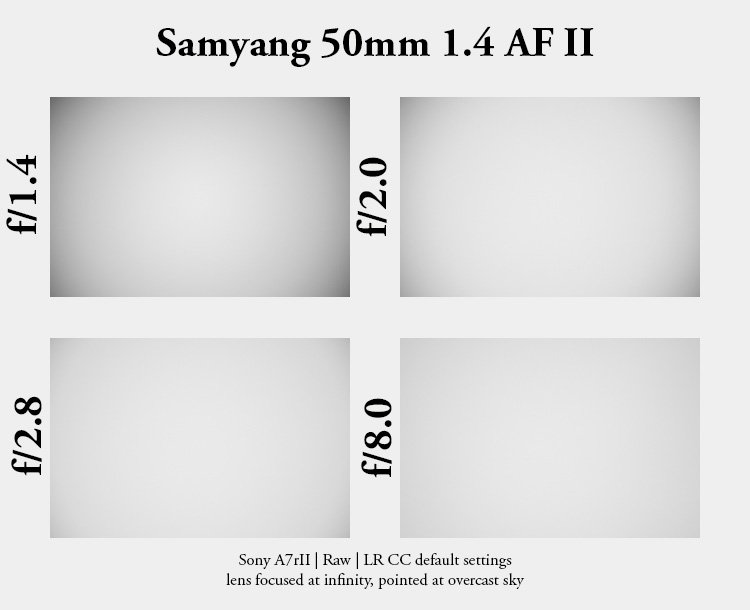
| f/1.4 | 2.6 |
| f/2.0 | 2.0 |
| f/2.8 | 1.4 |
| f/4.0 | 1.0 |
| f/5.6 - f/16 | 0.9 |
I have reviewed a lot of 50mm 1.4 lenses designed for M-mount and a bunch for EF/F-mount but none of the other recent 50mm 1.4 lenses designed for mirrorless.
Generally, these vignetting values look very typical for a 50mm 1.4 lens. If we compare these to the Sony FE 50mm 1.2 GM – currently one of the best fast 50mm AF lenses you can buy – the Sony lens has a little less vignetting at f/1.4 (which isn’t surprising, as it is already stopped down a bit) and actually a bit more stopped down to f/5.6 or further.

It is recommended to have a look at this article first to get an idea how this brightness graph works.
Optical vignetting
Fast lenses usually show a noticeable amount of optical vignetting, especially so the compact ones. Without going too much into technical details optical vignetting leads to the truncation of light circles towards the borders of the frame.
In the center of the frame almost every lens will render a perfect circle, but only lenses with very low optical vignetting will keep this shape in the corners.
So in the following comparison we move from the center (left) to the extreme corner (right) and see how the shape of the light circle changes.
This Samyang AF 50mm 1.4 FE II is a rather compact lens so I wouldn’t be surprised to see a higher amount of optical vignetting from it. In fact the amount of optical vignetting is not particularly high though, but similar to the Sony FE 50mm 1.2 GM when stopped down to f/1.4 and better than most of the other fast 50mm lenses I reviewed including the Canon EF 50mm 1.2 L USM, Samyang 50mm 1.2 XP, Meike 50mm 1.2 and all the 50mm M-mount lenses.
Despite the usage of two aspherical elements you can hardly see any onion ring structures here – a huge improvement over the predecessor.
Sharpness
Focus shift
Being a modern AF lens that usually focuses at working aperture, focus shift would not really be an issue, but for the sake of checking, I still checked if there is any and I am happy to report I don’t see any field relevant focus shift here.
infinity (42mp Sony A7rII)

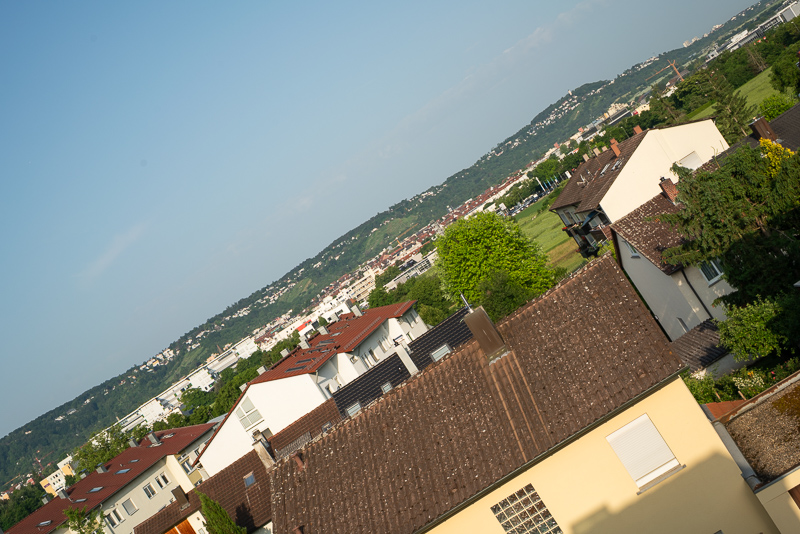
At f/1.4 we can see some purple fringing and we also see a slight midzone dip. The corners are a little softer but certainly look usable to me. If you stop down to f/5.6 you get really great across frame performance that hardly leaves something to be desired.
For an affordable 50mm 1.4 AF lens I say this is a good performance that most people will be perfectly happy with. However, higher end lenses like the Sony FE 50mm 1.2 GM and the Sony FE 50mm 1.4 GM already show a peformance at their maximum aperture which is pretty much as good as this Samyang lens stopped down. Only few people will actually need that high performance at infinity at wider apertures though.
portrait 1.4 m (42mp Sony A7rII)
I guess many people will want to use this lens for portraits, so let’s see what the performance is like at a typical portrait distance for a 50mm lens of ~1.4 m.
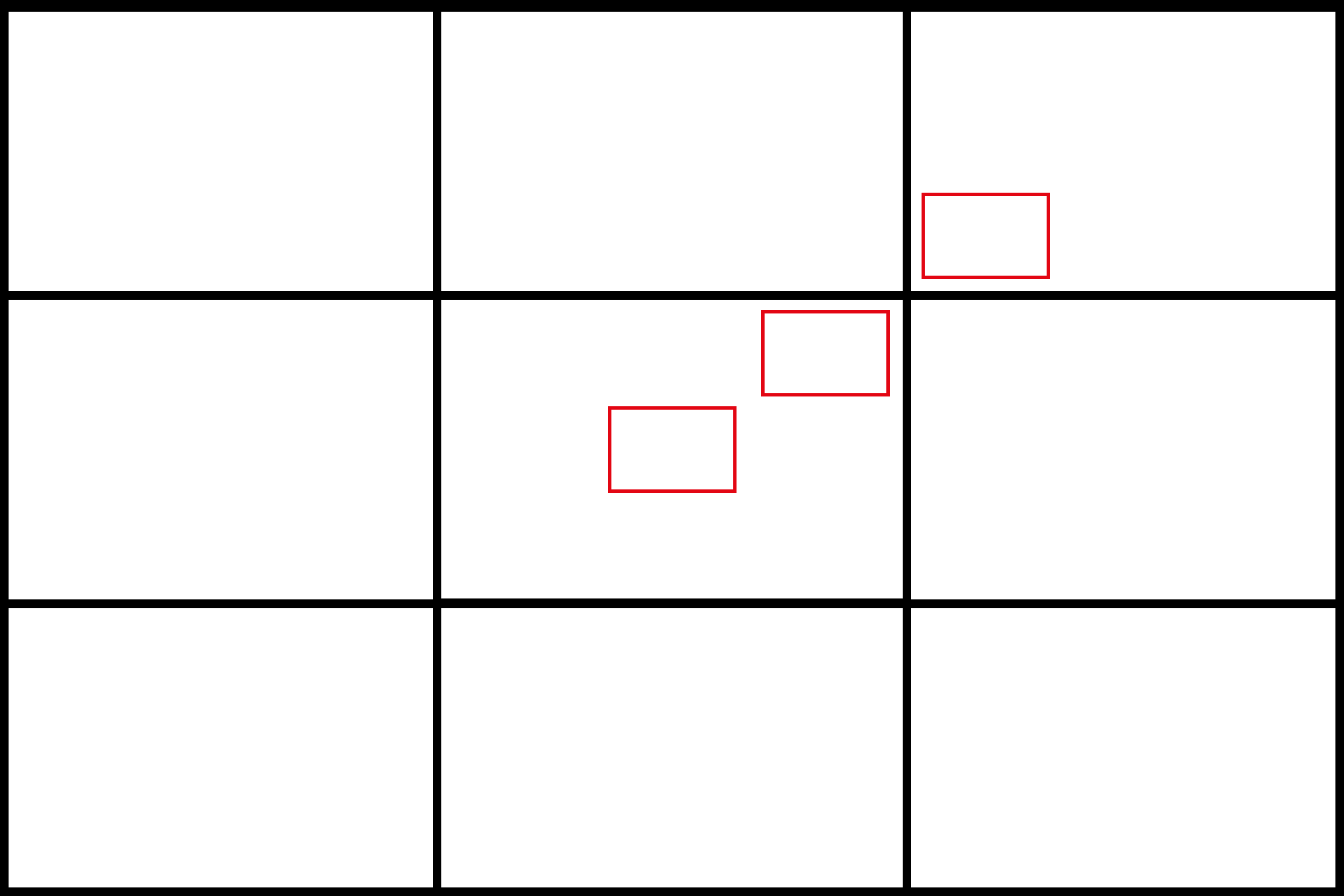
f/1.4 <—> f/2.0
Also here we can see that slight midzone dip in the inner midframe area, but this is still a very good performance with hardly any softness at the maximum aperture and a good amount of Moiré.
Also here the Sony FE 50mm 1.2 GM showed an even more impressive performance (despite being half a stop faster) and I expect the same from the Sony FE 50mm 1.4 GM.
Close 0.4 m, 1:5.8 (42mp Sony A7rII)
With a minimum focus distance of 0.4 m and a maximum magnification of 1:5.8 this is one of the closer focusing 50mm lenses, here we do see some purple fringing and softness at wider apertures though. If you don’t intend to use this Samyang primarily as a macro lens I am sure you will find its performance at closer distances more than sufficient.
Also here you will see the Sony FE 50mm 1.2 GM and Sony FE 50mm 1.4 GM focus just as close and look even better though.
Flare resistance
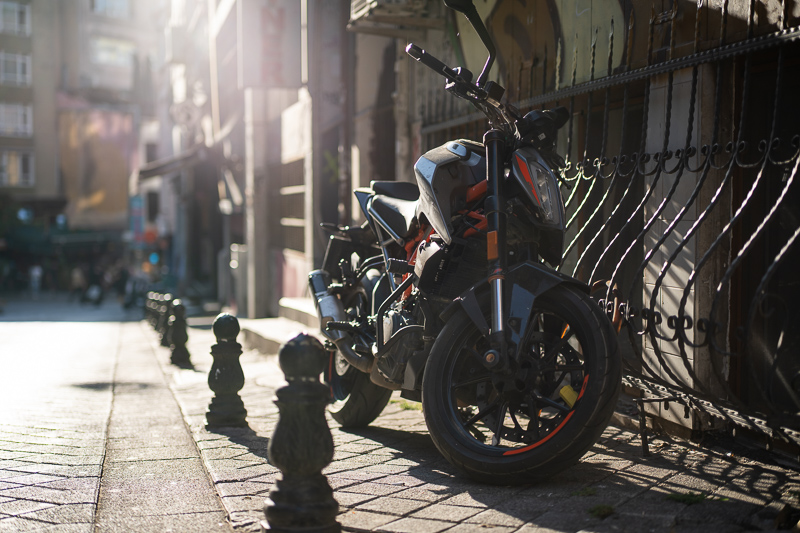
As always evaluating flare is a complex matter since you can get any lens to look bad if you push it hard enough and a slight change of scenario can affect results a lot.
At the maximum aperture with the sun inside the frame we can see some smaller ghosts but no ring flares or other huge artefacts that would regularly ruin our pictures.
Stopped down some artefacts around sunstars appear and the ghosts can also be more prominent. Generally, shooting straight into the sun I only encountered very little problems with this lens.

Veiling flare with the sun outside the frame was more of a problem. I encountered several situations where this led to a massive loss in contrast. I did not recieve the hood with this lens though, so using that might have helped in these situations.
Coma
Samyang’s lenses are often corrected well for this aberration yet this 50mm 1.4’s performance is actually a bit worse than what I am used to from them.
We see slight Coma artefacts from f/1.4 to f/2.0, stopped down to f/2.8 these are mostly gone. Still a solid performance as the artefacts are not that big at f/1.4 already.
Distortion
The Samyang 50mm 1.4 AF II shows a low pincushion distortion. Interestingly Lightroom does not feature a profile for this lens, the distortion is mostly uniform though so dialing in -2 in Lightroom/Photoshop will correct this.
Bokeh

The first generation Samyang 50mm 1.4 AF created a nice bokeh but somewhat of a lackluster performance in many other categories. As we have seen in the previous categories there have been huge improvements in many of them, so did the engineers still manage to keep that nice bokeh rendering?
Close distance
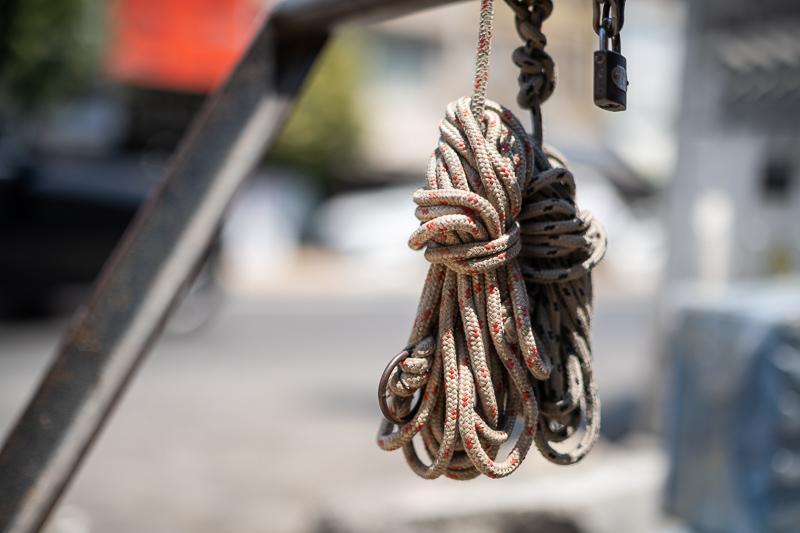



As is usually the case, there is not that much to complain about at closer focus distances. The transition from in-focus to out-of-focus looks pleasing to me and even complex backgrounds are rendered in an unobtrusive way. Cat’s eyes also don’t look that pronounced to me.
Mid distance

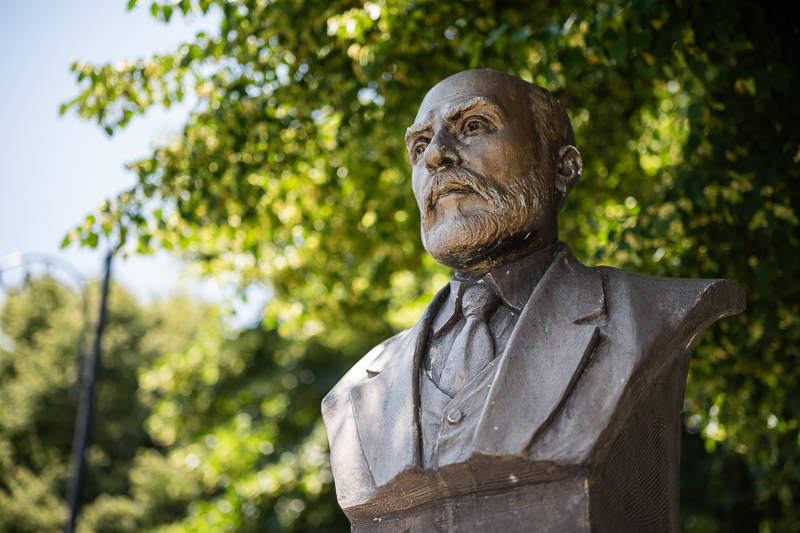


Mid distances are where a lens like this is often used at. Here it reminds me a lot of the Sony FE 50mm 1.2 GM, meaning it does not render the smoothest possible bokeh (like e.g. the Voigtländer 50mm 1.2 E Nokton or the Mr. Ding 50mm 1.1 or the Nikon AF-S 58mm 1.4G) but still a mostly pleasing one.
Long distance


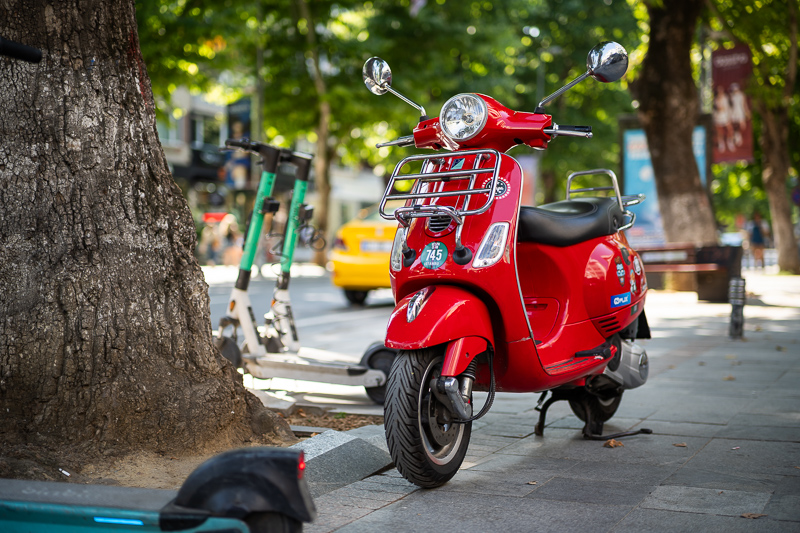


Also at longer focus distances the focal plane is well defined and the background rendered in a mostly undistracting way – even in these complex scenes with a lot of details or foliage in the background. Towards the borders and corners things start to get a bit busier though and we can see hints of double edged structures and also the Cat’s Eyes become more obvious.
We are living in the times of easily accessible f/0.95 to f/1.2 50mm lenses so we should not expect anything groundbreaking from an affordable f/1.4 lens, but it still turns in a respectable performance here.
Sunstars
I have said it time and time again: Samyang’s engineers simply don’t care about sunstars and production tolerances of their diaphragms. The sunstars are still old school Samyang, meaning messy with uneven lengths. If you are using this mainly as a portrait lens this shouldn’t be much of an issue though.
Still, after improving the general build quality of their lenses, it might be a good idea for Samyang to step up the game a bit here, too. Viltrox has shown that also a new manufacturer from China can manufacture (or source) an electronically controlled diaphragm with a high number of rounded aperture blades that is also doing a decent job in this category, so it is not like I am asking for the impossible here.
If you want to learn more about this topic have a look at this article.
Chromatic aberration
lateral
The Samyang 50mm 1.4 AF II features a built-in lens correction profile for lateral CA that will also be recognized in most raw converters, so in the end: you won’t see any.
longitudinal
At f/1.4 and f/2.0 this lens creates rather strong bokeh fringing with noticeable green and magenta outlining in the out of focus areas. Even stopped down to f/2.8 some of that fringing remains.
Already in the sharpness sections we saw there might be some issues with purple fringing, so the rather high amount at f/1.4 should not come as much of a surprise. A rather typical performance for a more affordable 50mm 1.4 lens. Once more: higher end lenses like the Sony FE 50mm 1.2 GM and the Sony FE 50mm 1.4 GM show a better performance here.
Conclusion
good
|
average
|
not good
|
In many of the categories I told you that Sony’s latest 50mm lenses are better performers, but costing 2-4 times as much, it would also be very sad if that wasn’t the case.
If you do not have any specific requirements that can only be fulfilled by more expensive 50mm options (e.g. class leading AF, f/1.2 instead of f/1.4 or better Coma correction) this Samyang is a very compelling lens with good sharpness and appealing bokeh.
Where this Samyang 50mm 1.4 AF II really shines is its low weight though. As of writing this review, this is the lightest 50mm 1.4 AF lens for Sony E-mount and it certainly feels lighter than you would expect of a lens with these parameters.
buy from amazon.com | amazon.de | B&H | ebay.com (affiliate links) for $549
Alternatives
I haven’t reviewed any of the direct competitors (e.g. Sony FE 50mm 1.4 GM, Sigma 50mm 1.4 Art, Sony FE 50mm 1.4 ZA) myself yet, you can find these and many further alternatives being discussed in our Guide to the best 50mm fullframe E-mount lenses though.
Sample Images

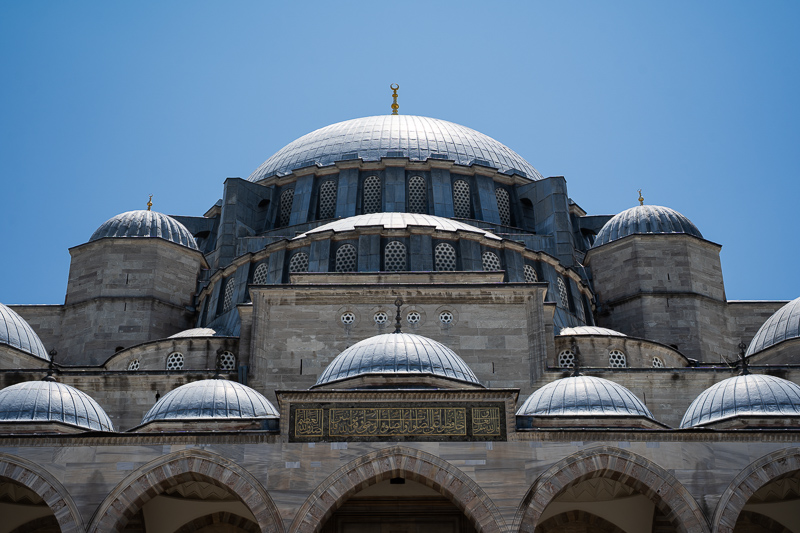

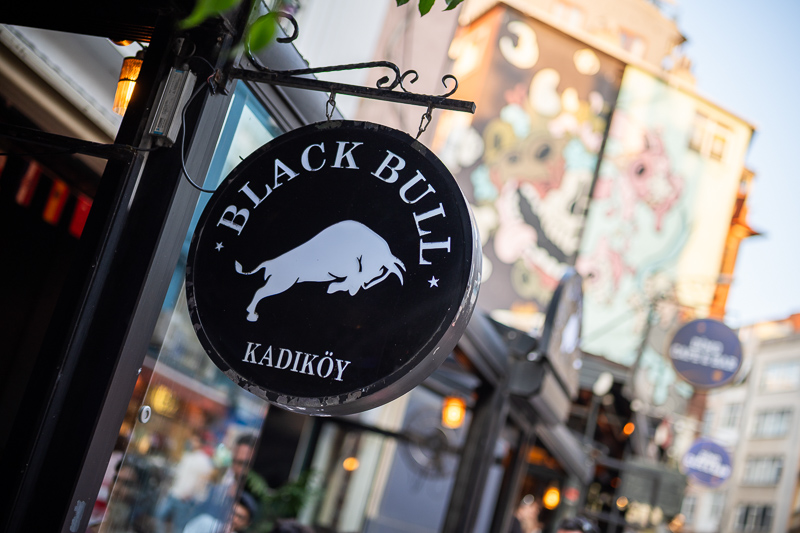
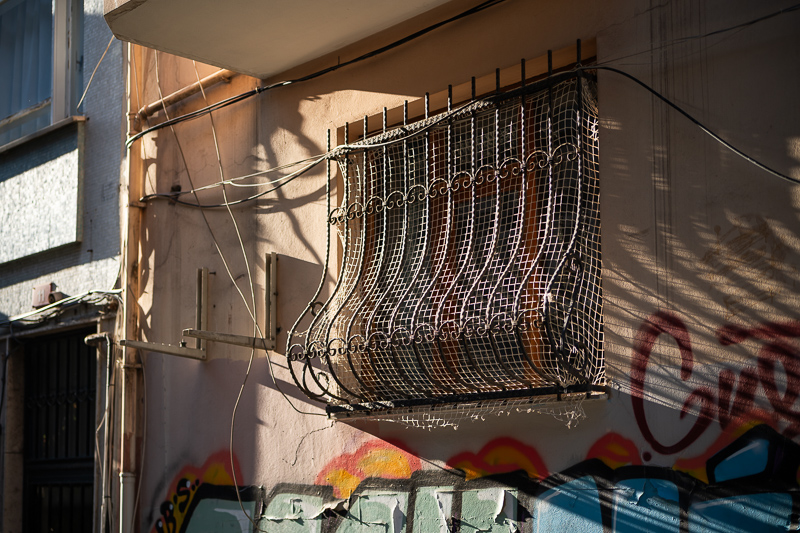
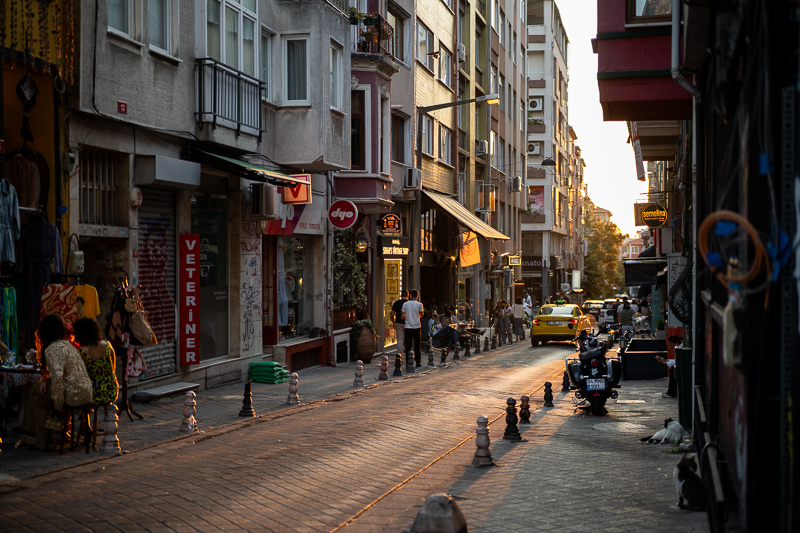


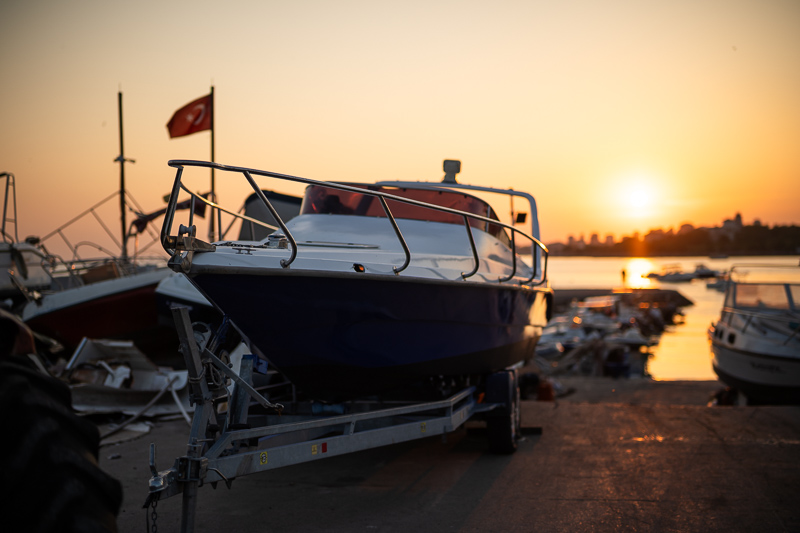
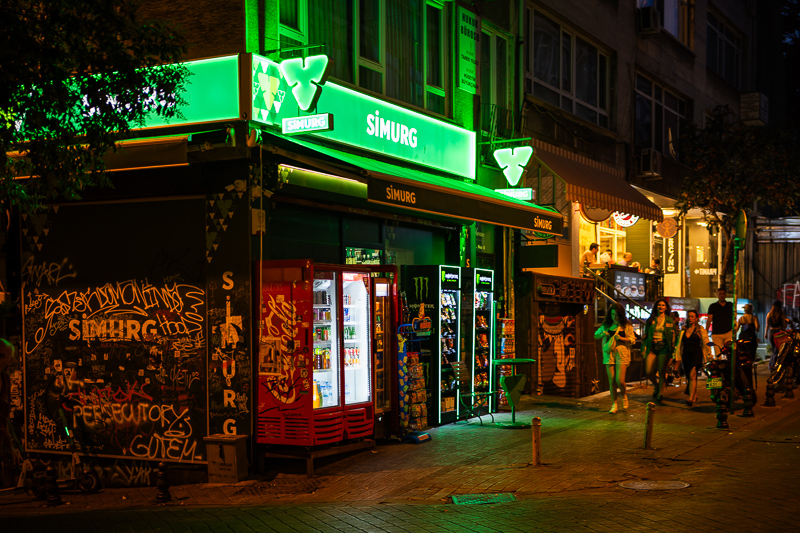
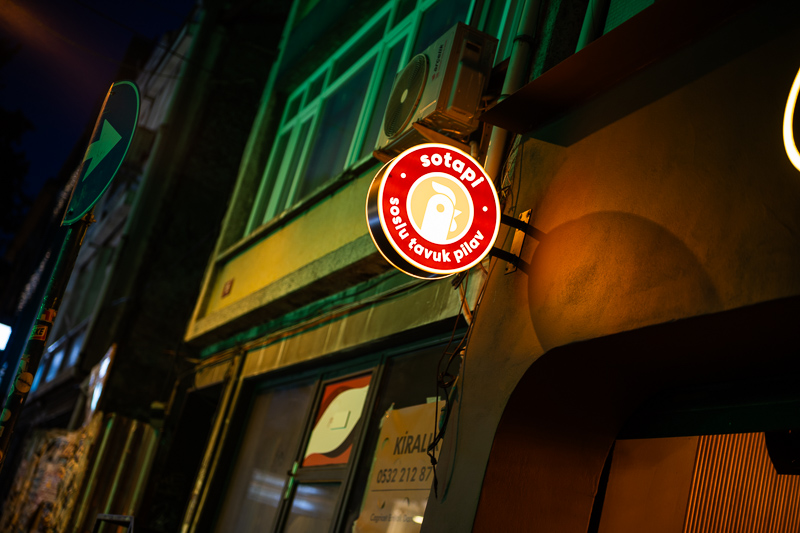

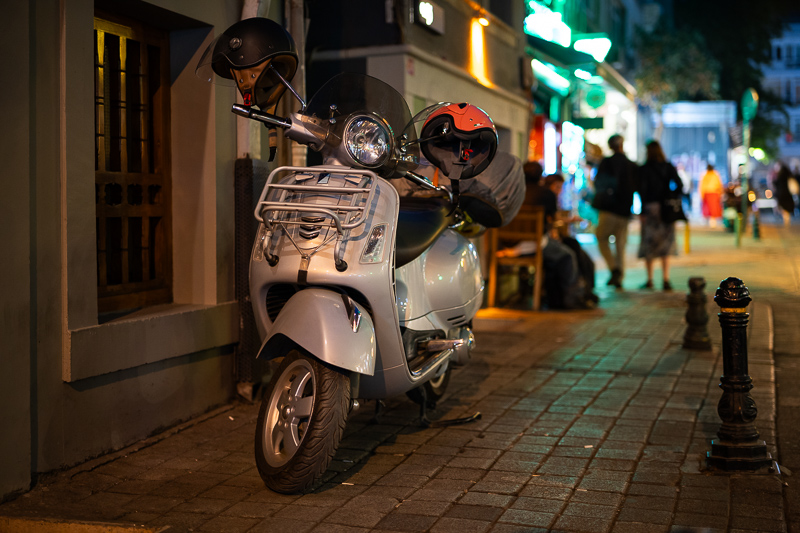
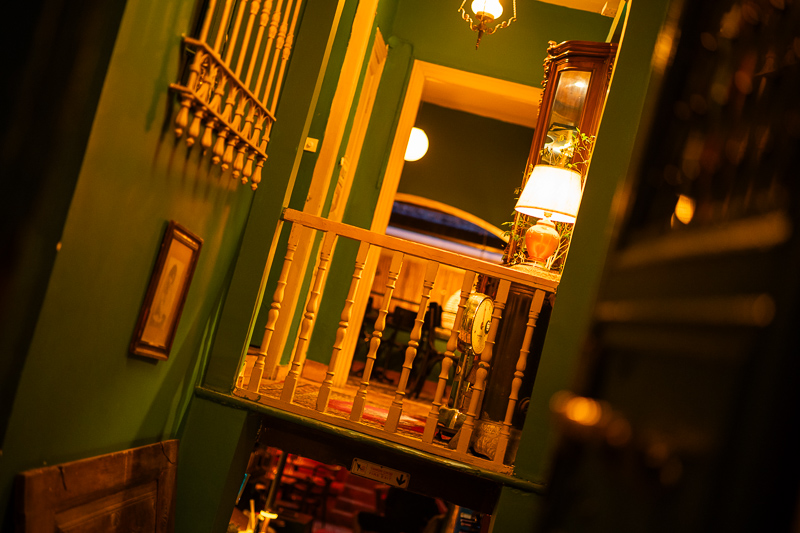
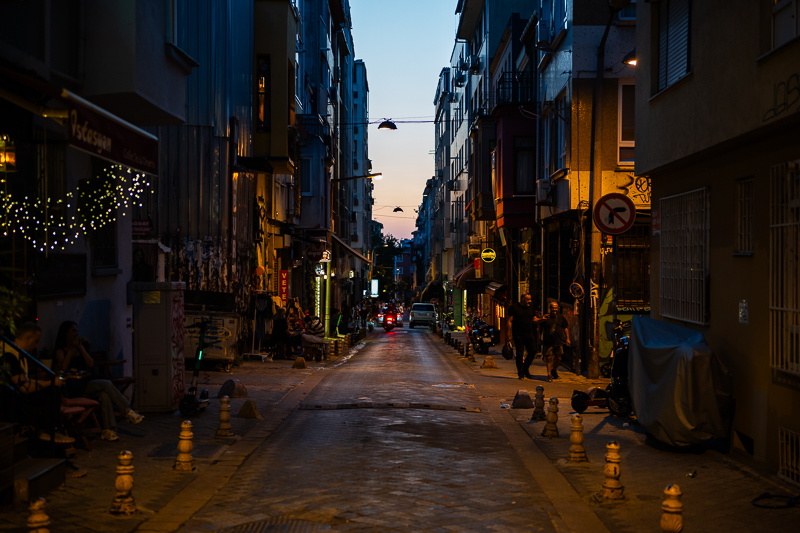


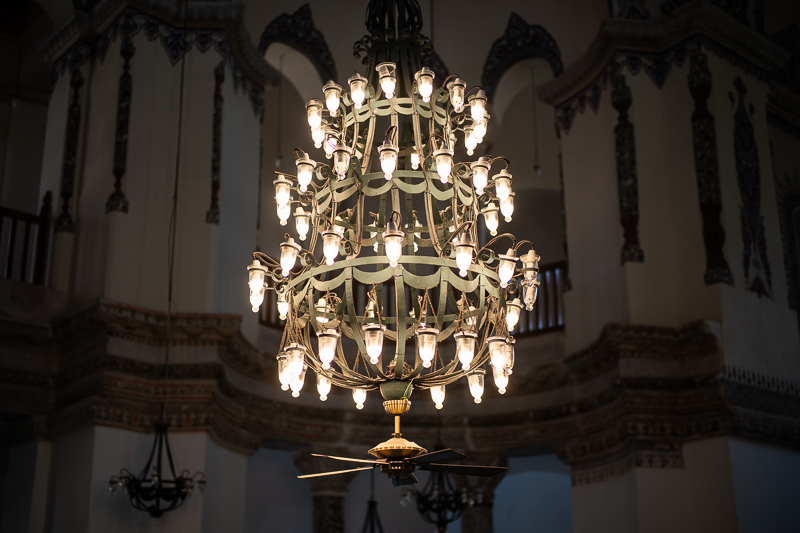
Most of the sample images in this review can be found in full resolution here.
Further Reading
- All E-mount reviews
- Sony FE Guide
- Bokeh explained
- Review: Samyang AF 24mm 1.8 FE
- Review: Samyang AF 135mm 1.8 FE
Support Us
Did you find this article useful or just liked reading it? Treat us to a coffee!
![]()
![]()
![]() via Paypal
via Paypal
This site contains affiliate links. If you make a purchase using any of the links marked as affiliate links, I may receive a small commission at no additional cost to you. This helps support the creation of future content.
Latest posts by BastianK (see all)
- Review: Canon EF 50mm 1.0 L USM – Still the world’s fastest AF lens - December 30, 2025
- Review: Nikon Nikkor 105mm 1.8 Ai-s - December 28, 2025
- 2025 – Year in Review - December 23, 2025



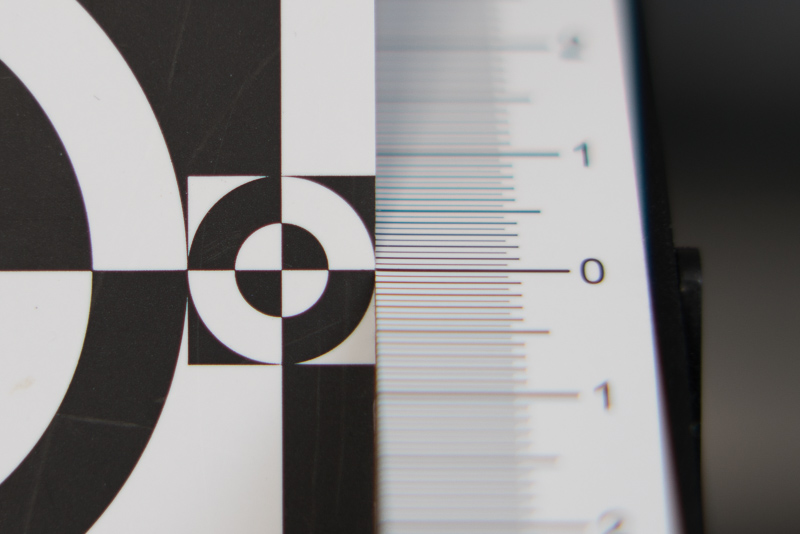
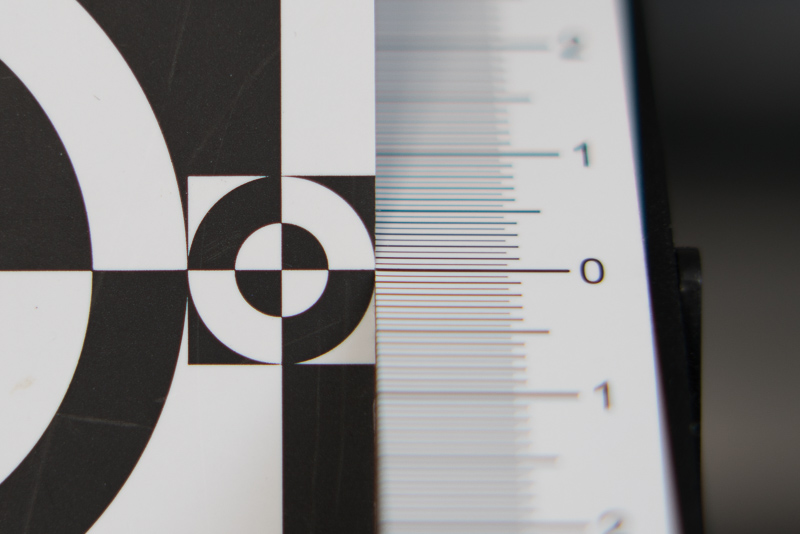
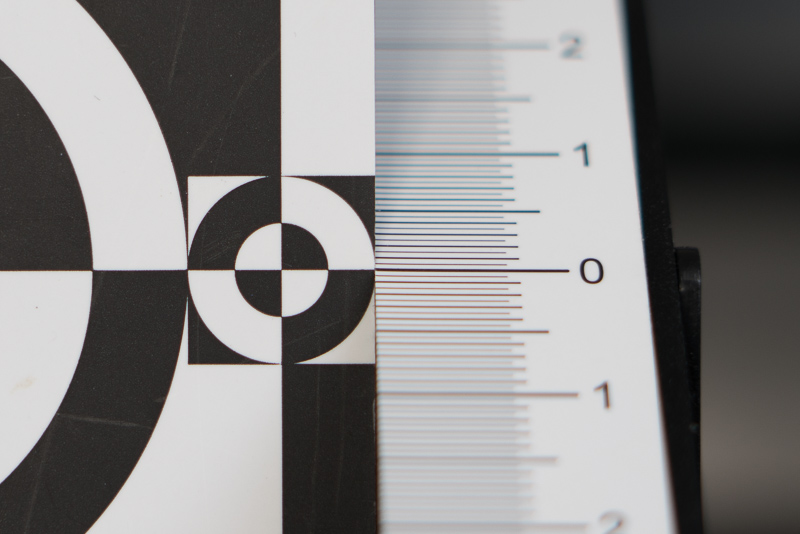

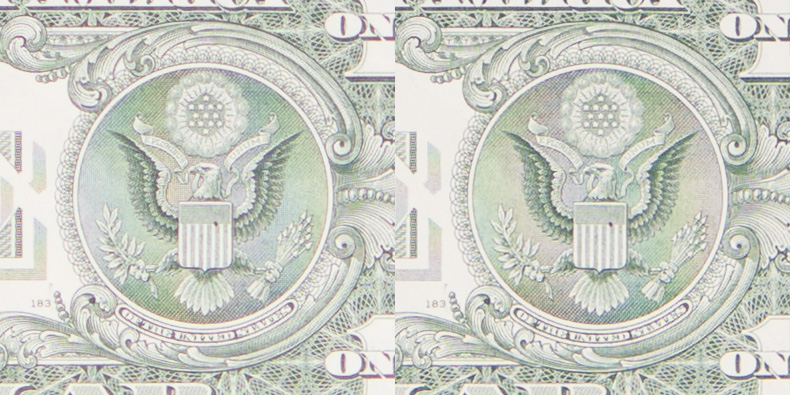
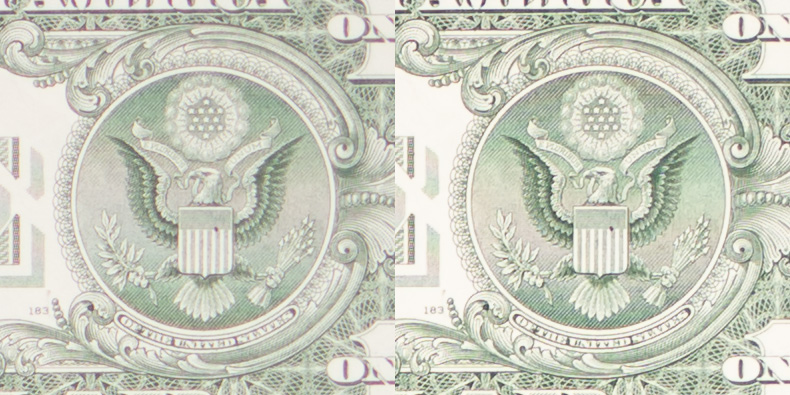
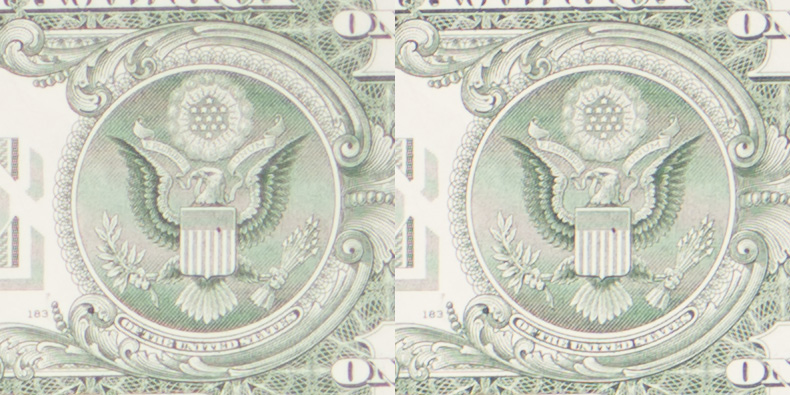





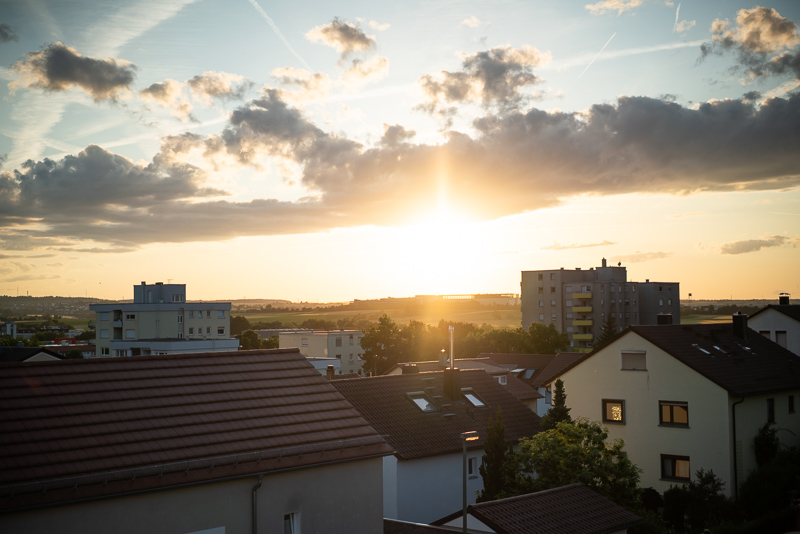
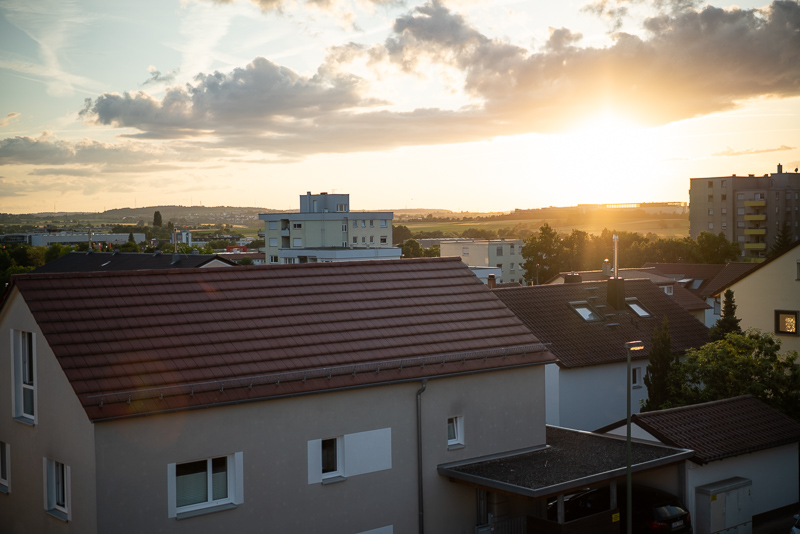
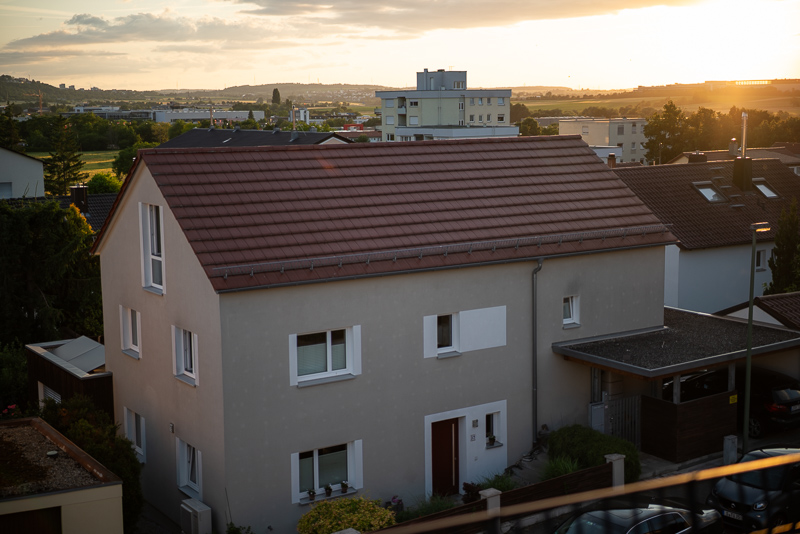
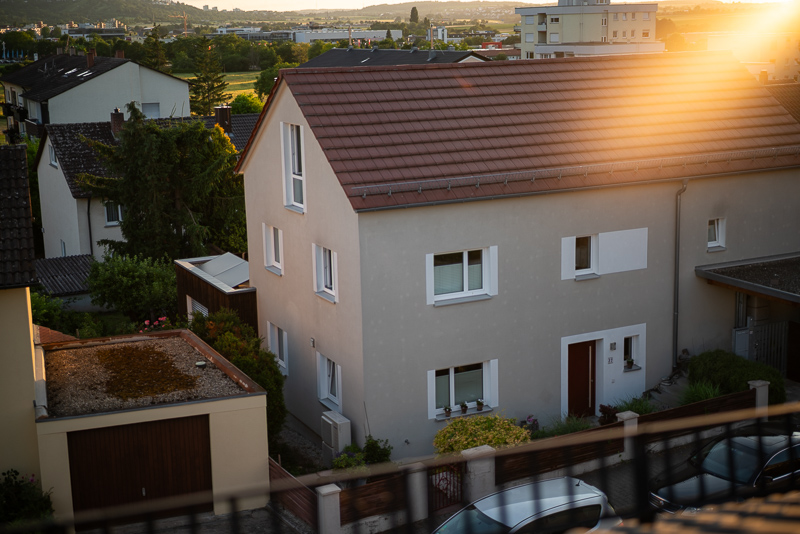
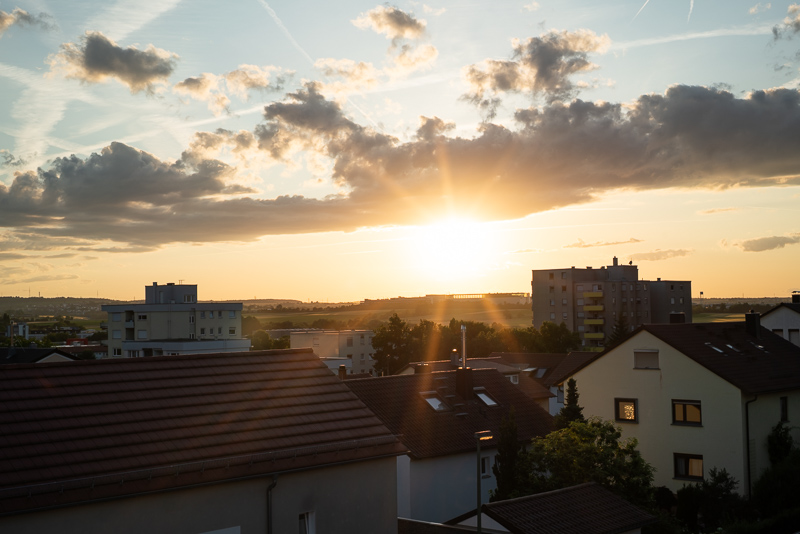
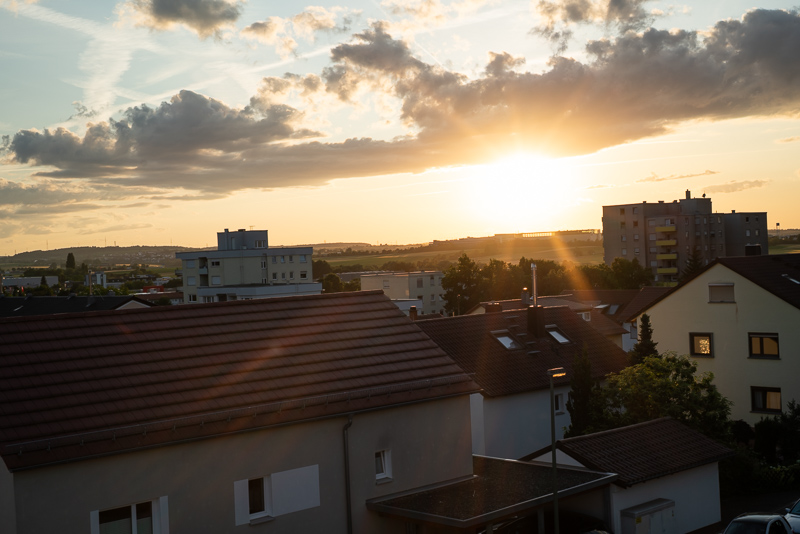
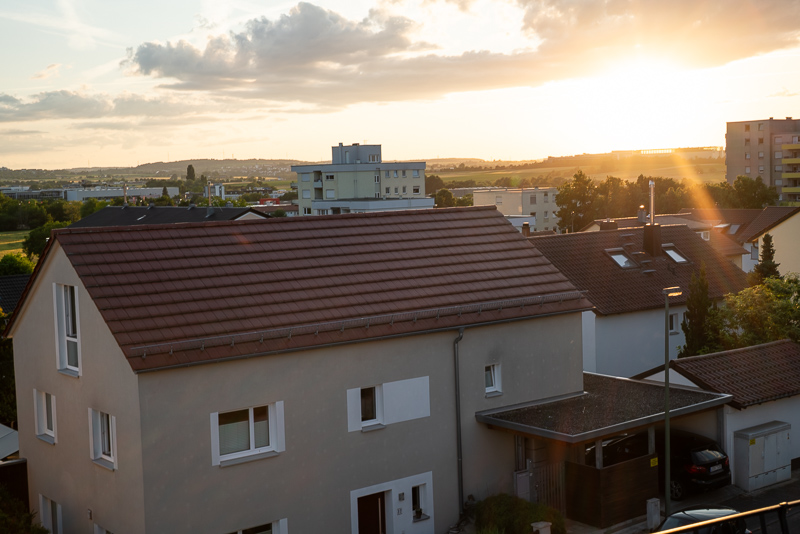
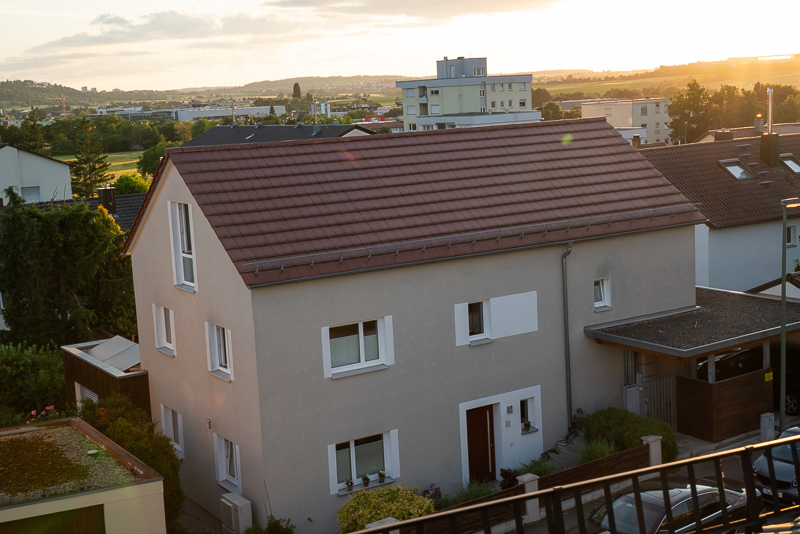
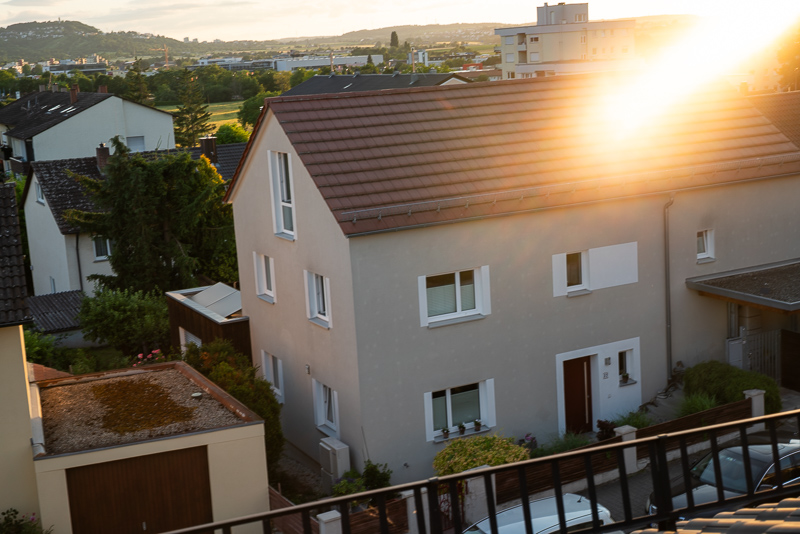
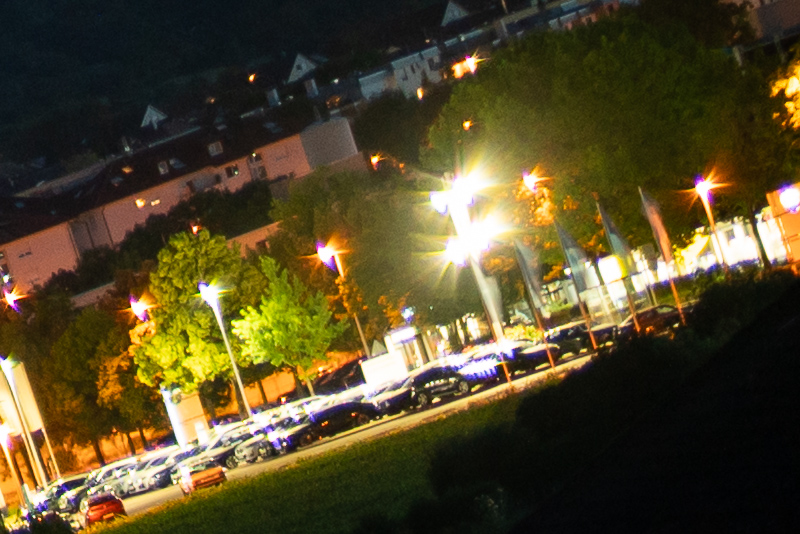
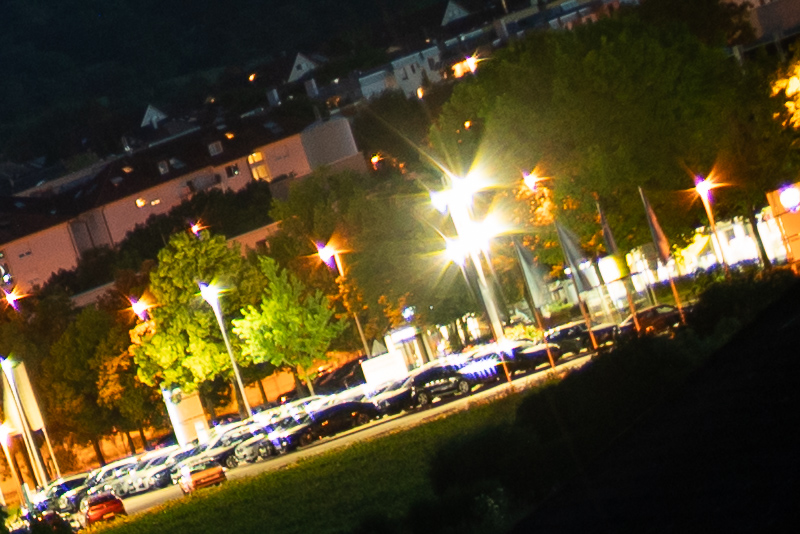
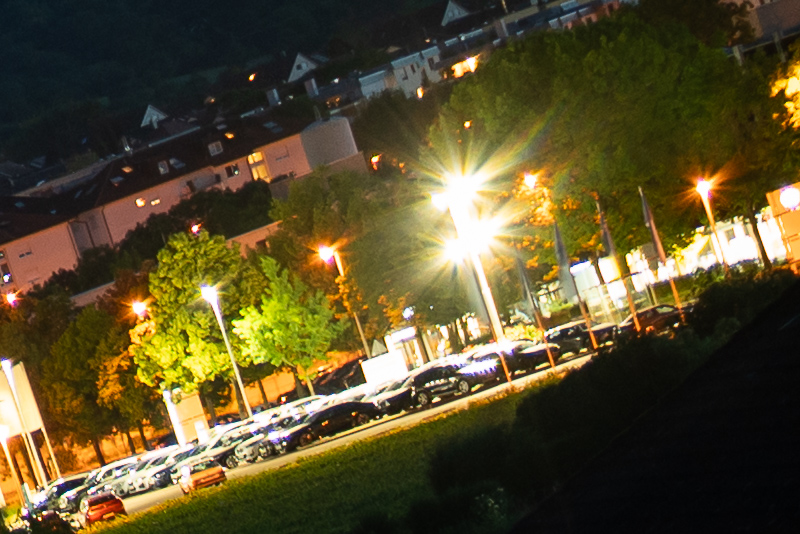
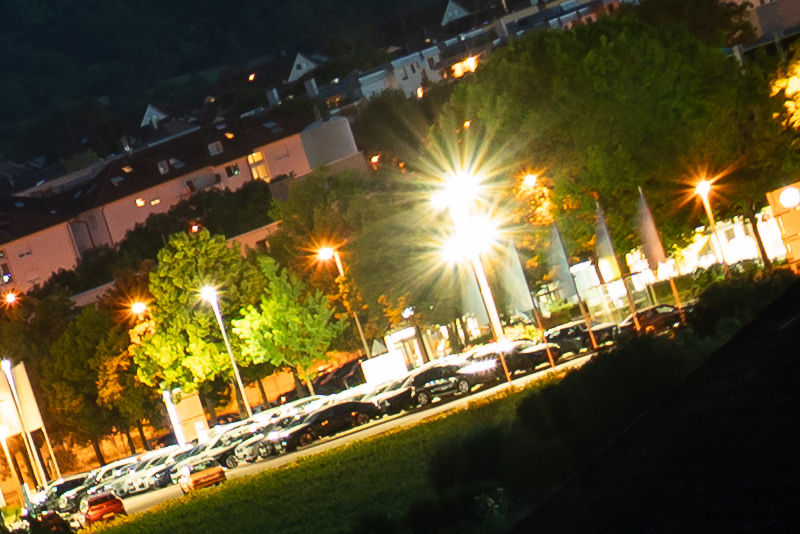

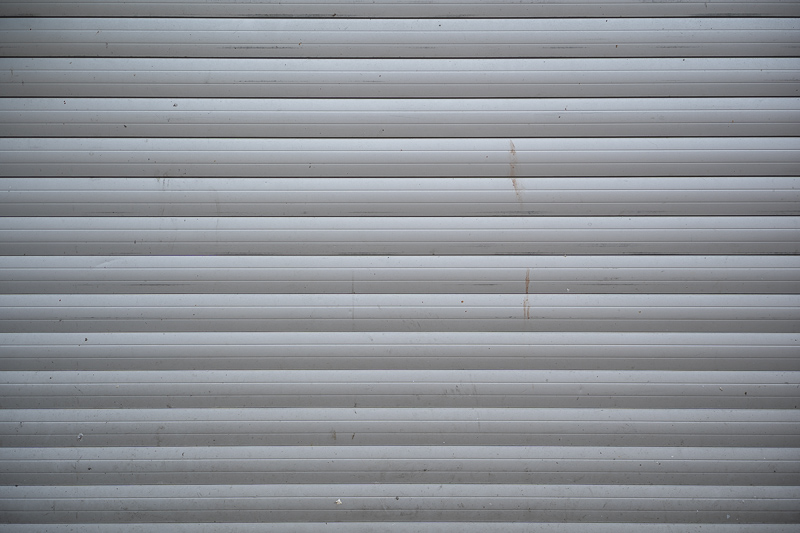

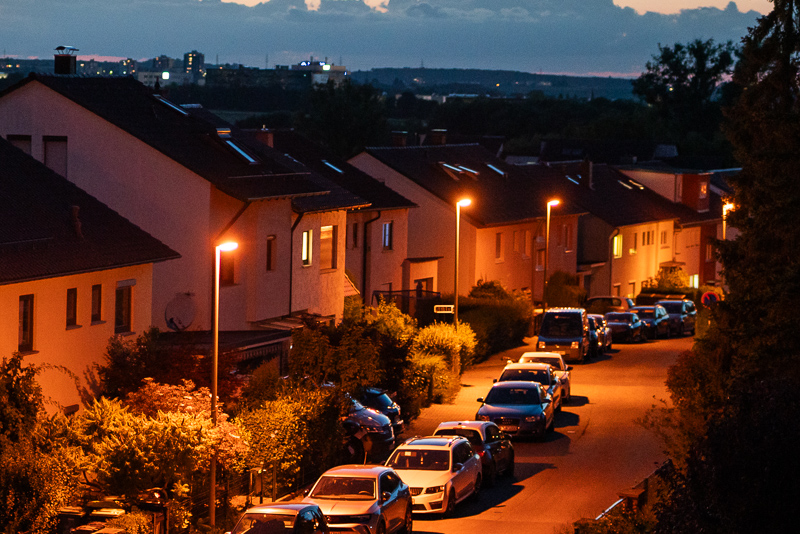
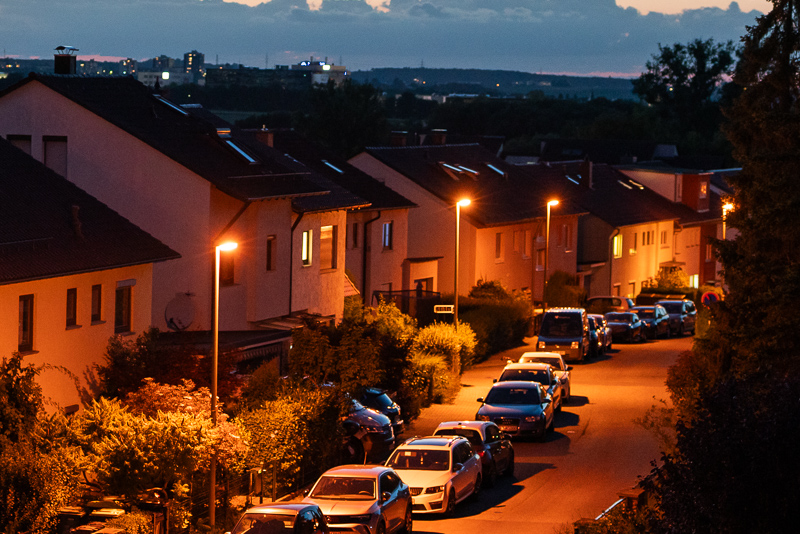



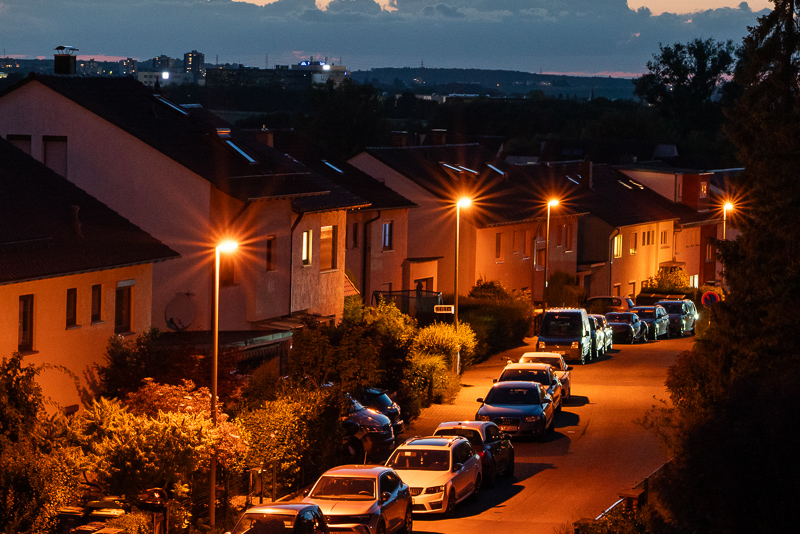
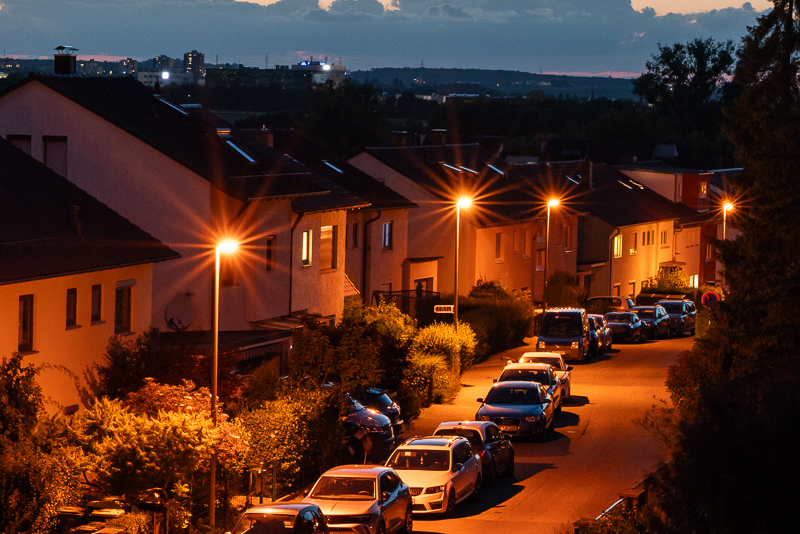

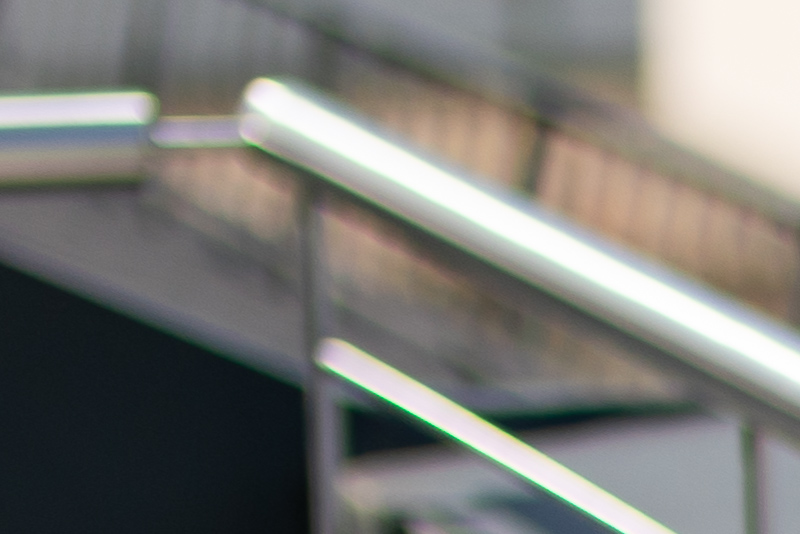

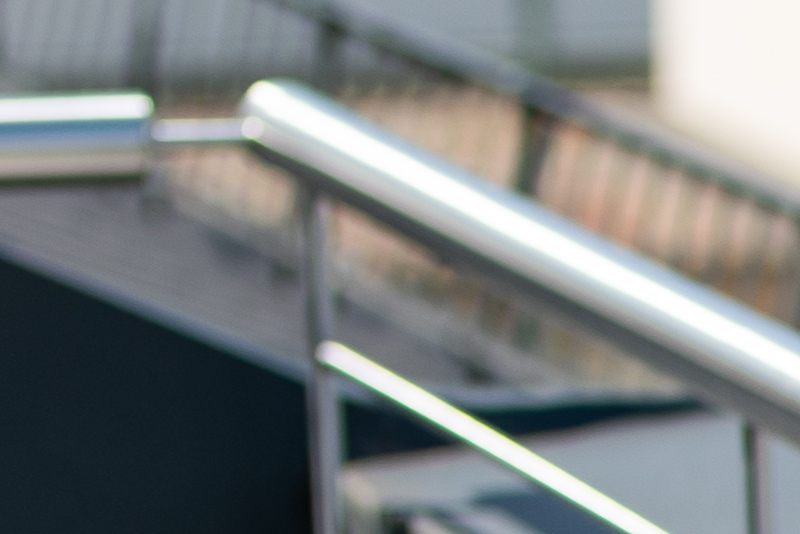
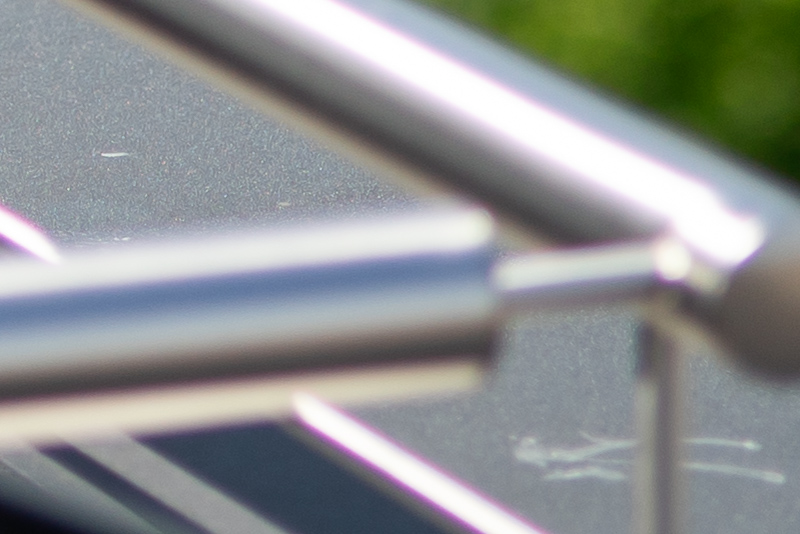

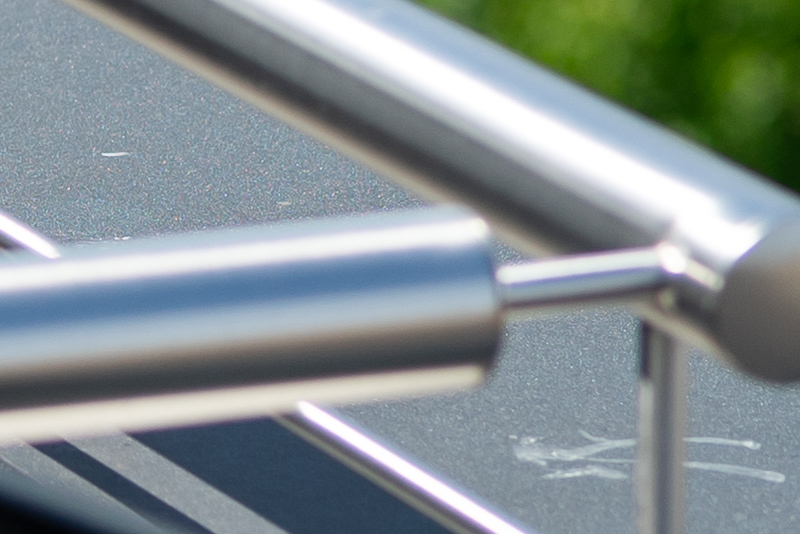
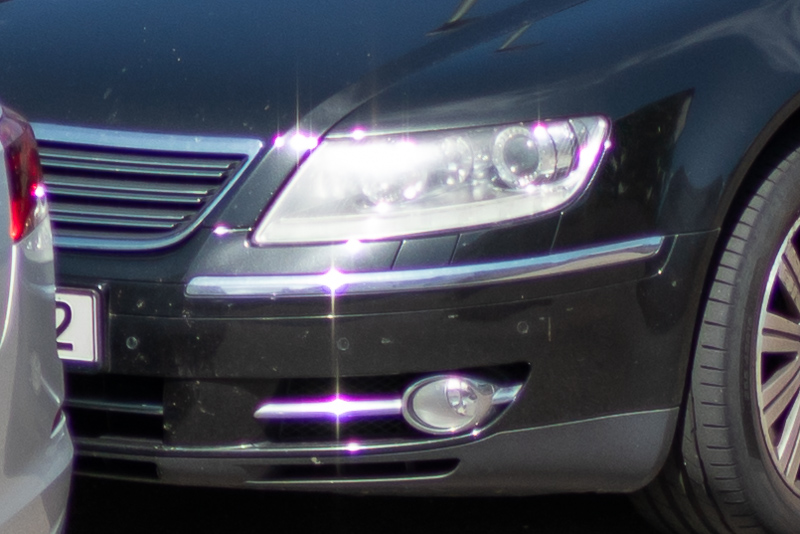
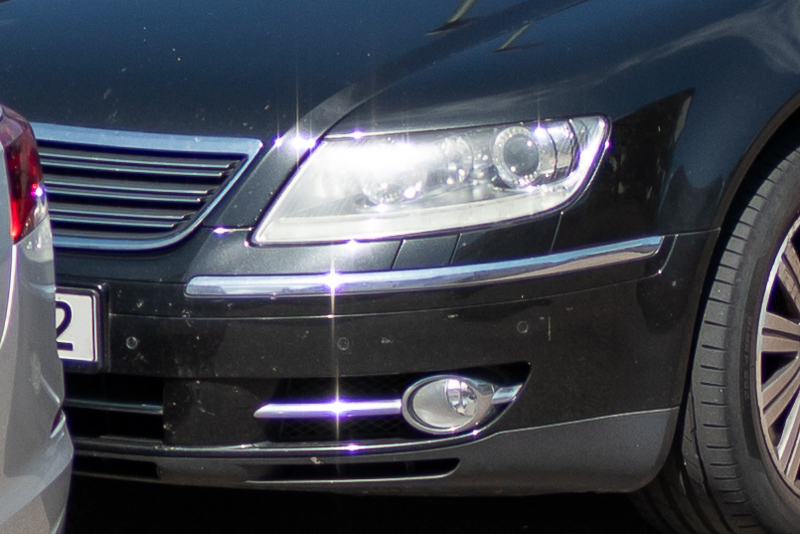

Your sample images are always superb and the reviews are thoroughly in-depth. A pleasure to read.
I feel that in one niche way it may be worth mentioning the Samyang 45mm f/1.8 as an alternative to this lens. Yes, it is not an f/1.4. Nor quite a 50. But I believe it is sharper across the frame at its maximum or near-maximum apertures than this 50mm f/1.4 – it doesn’t feature the same kind of midzone dip or corner softness at open apertures. It doesn’t need to be stopped down as much as the 50mm in order to get sharp corners and midframe. This was shown in a direct comparison by another reviewer, Dustin Abbott (link below), along with other considerations on the differences between the two. If this is of interest to anyone, then it too is a very inexpensive lens, with a similar focal length.
https://www.youtube.com/watch?v=qmGPKjJrsJ8
One might imagine/expect the newer 50 f/1.4 to be in every way better than the older, cheaper 45 f/1.8, but it is not so.
And lastly, with Samyang, I wonder whether it might be worth mentioning to beware of the possibility of poor quality control / sample variation in the lens you end up getting. Might be best to buy from a place it is easy to return to, or to test your copy before handing over money.
The last advice sadly is a good advice for almost every lens.
i had the samyang 50mm 1.4 V2 and zeiss sonnar 55mm 1.8 at same time.
saymang produce a smoother bookey than the zeiss at same aperture. but size / weight make me keep the sonnar
It does somewhat better than I expected, tho still appropriate for what it is… I wonder how it compares with the Nikon Z 50/1.4, different mounts sure but probably it’s closest priced rival (as well as being the closest modern AF 50/1.4 in weight, I think).
From everything I have seen from that Nikon lens, I would take this Samyang over it every day.
I do think Martin will review it one day though 🙂
Sorry to stray from the original topic, but I keep noticing that the cover photo shows an A7rII, and the sample photos were almost always taken with an A7III. Just out of curiosity: Which Sony do you actually use privately when you’re not using the Zf? The 7III?
Depends.
Unless I am shooting architecture or landscape where more than 24mp could come in handy I am using the A7III for better AF and general speed of operation.